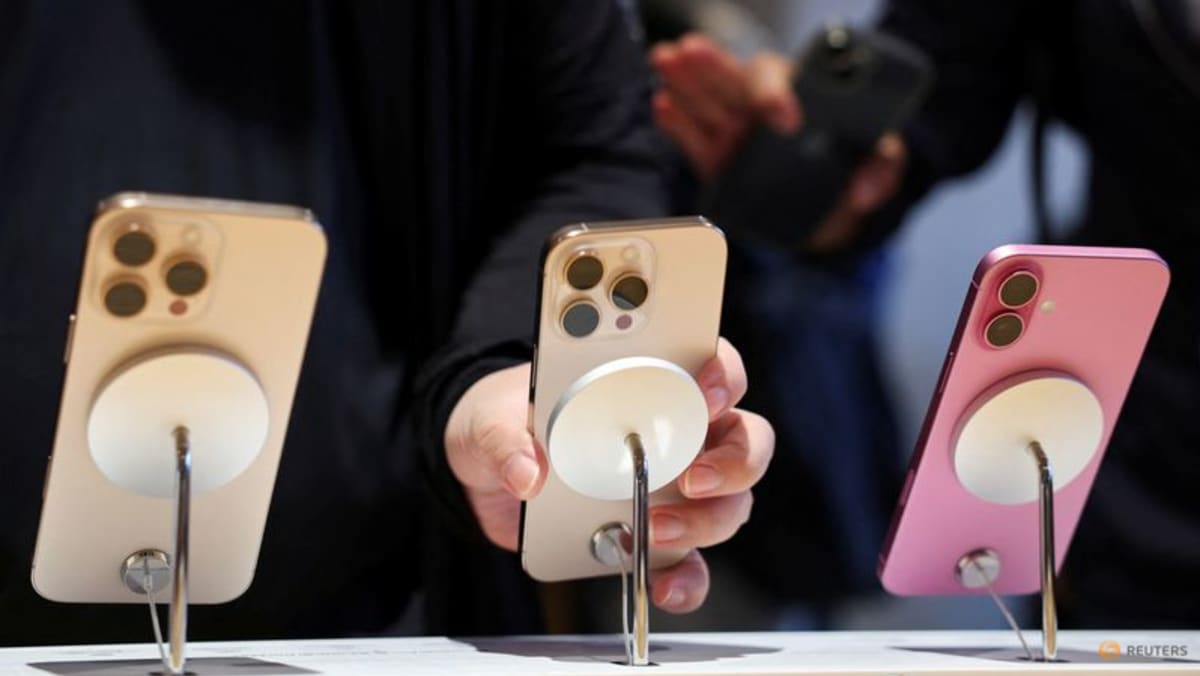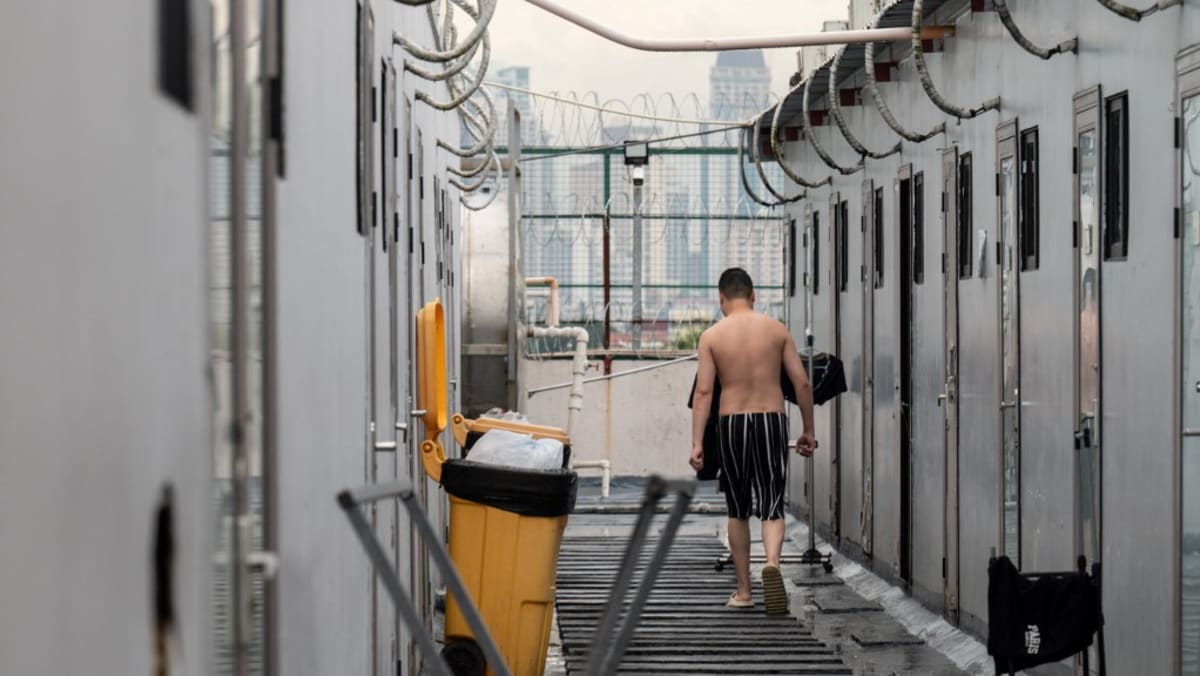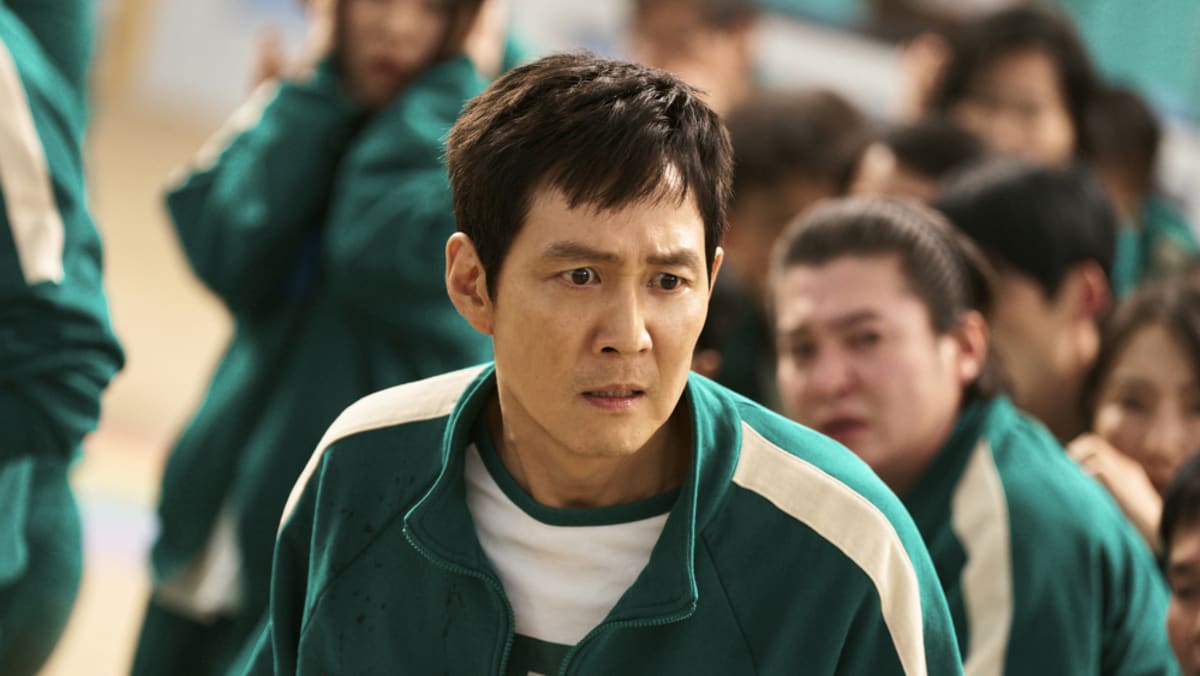Commentary: What one more dash in the South China Sea tells us about China’s game
ARE STRENGTH AND TIME ON CHINA’S SIDE?
One reason China might feel emboldened to ratchet up tensions now is if it thinks it has attained the pinnacle of physical domination in the disputed waters.
One may argue that the leading power in the South China Sea, by dint of capabilities, is still the United States given routine deployment of military assets to the area. This alone may project presence yet pales in comparison to the actual geographical advantage Beijing possesses.
China is a resident South China Sea littoral state, not to also mention its coterie of militarised artificial island outposts that bestows an unprecedented peacetime ability for projection of constant Chinese presence in the area.
During former president Rodrigo Duterte’s time, the Philippines had already been subjected to Beijing’s “boat swarming” tactics. Mobilising and sustaining large fleets of fishing vessels (many of which believed to be maritime militia), coast guard and naval vessels across a considerable expanse, hundreds of nautical miles from the coast, can only be possible with these artificial island outposts. Manila’s recent run-ins with Chinese forces off Second Thomas Shoal aptly demonstrated this point yet again.
Whether or not Beijing intended for its interference to be an assertion of its jurisdictional claims or an expression of displeasure towards the Marcos Jr administration’s closer security ties with Washington, the “normal” ought to have become clear for all. China shows it can tap its expanding toolkit of grey zone tactics at will.
In other words, Beijing believes it can play the long game in the South China Sea.
In the Second Thomas Shoal for example, China is fully aware that the rusting hull of the beached Philippine warship Sierra Madre will not last too long before it must be discarded. There is no incentive to launch a sharp putsch to evict the Filipinos when Beijing can simply wear out Manila until it abandons its hold of the shoal.
Source: CNA















